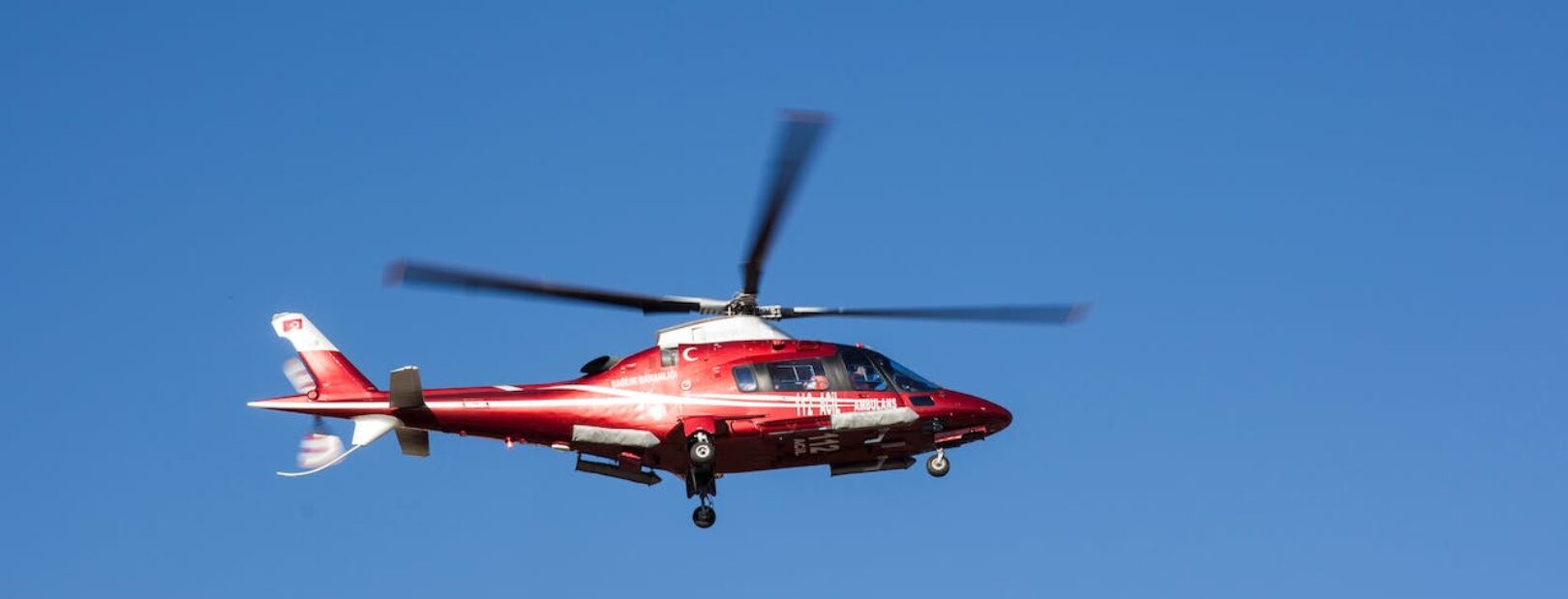In the realm of emergency medical response, remote areas present unique challenges that demand swift and precise evacuation procedures. The ability to swiftly transport individuals requiring urgent medical care from inaccessible locations to advanced facilities is a critical aspect of emergency helicopter transportation services.
Understanding the Challenge
Remote areas, often characterized by rugged landscapes, lack of road infrastructure, and distance from medical facilities, pose significant hurdles during medical emergencies. Time becomes an invaluable asset, and traditional means of transportation fall short in reaching these isolated regions promptly.
The Role of Helicopters in Emergency Evacuation
Helicopters stand as the beacon of hope in these critical situations. Equipped with advanced medical facilities and staffed by skilled professionals, these flying medical units ensure timely and specialized care during transit.
Swift Response and Preparedness
The cornerstone of successful emergency medical evacuation in remote areas is a prompt response. Helicopter emergency services such as Windsurf Transportation specialize in rapid deployment, minimizing response times to ensure immediate care for patients in critical conditions.
Expertise in Action
Trained medical professionals and pilots collaborate seamlessly, implementing meticulously planned procedures for swift patient transfer. These procedures involve assessing the situation, stabilizing the patient, and swiftly transporting them to the nearest advanced medical facility.
Technology and Adaptability
Cutting-edge technology onboard helicopters enables medical teams to provide critical care en route, ensuring patients receive continuous medical attention. Moreover, the adaptability of helicopters to land in rugged terrain or remote locations streamlines the evacuation process, reaching patients where traditional vehicles cannot.
Safety as a Top Priority
Safety protocols are meticulously adhered to during every evacuation. From rigorous maintenance schedules to comprehensive safety checks before takeoff, ensuring the safety of both patients and crew remains paramount.
Community Engagement and Support
Beyond the immediate response, emergency helicopter transportation services actively engage in community initiatives. Collaborating with local authorities, conducting safety seminars, and enhancing emergency response capabilities in remote areas are integral parts of these services.
Conclusion: A Lifeline in Remote Regions
In conclusion, emergency medical evacuation procedures in remote areas are a testament to human adaptability and innovation. The swift response, specialized care, and unwavering dedication of helicopter emergency services are vital in ensuring that those in remote areas receive timely and life-saving medical attention.
Windsurf Transportation and similar emergency helicopter services exemplify the commitment to overcoming geographical barriers and providing indispensable support in the most challenging circumstances. Through their expertise, technology, and dedication, these services stand as lifelines, bridging the gap between critical medical care and those in need, regardless of the remoteness of their location.


